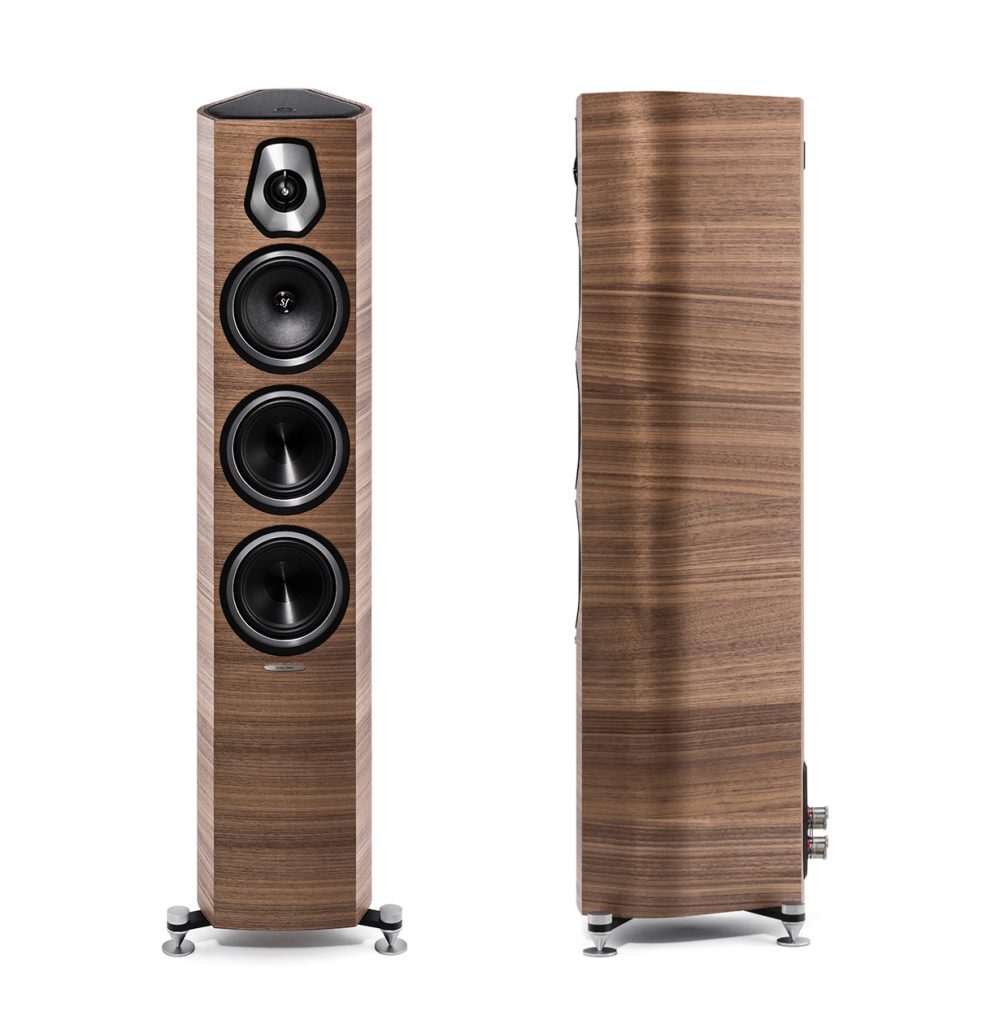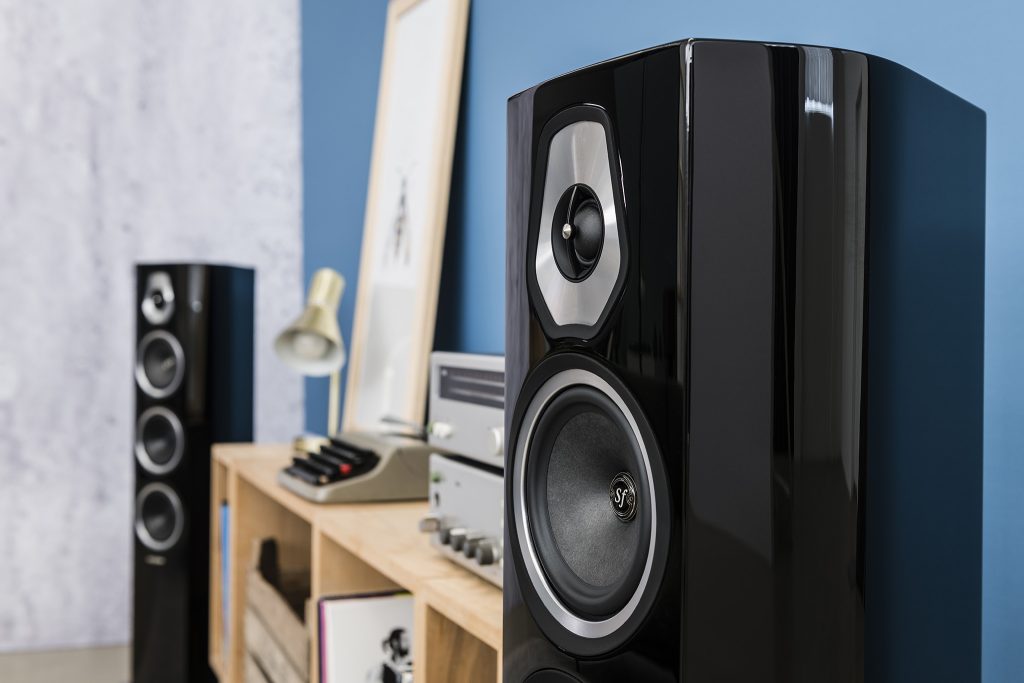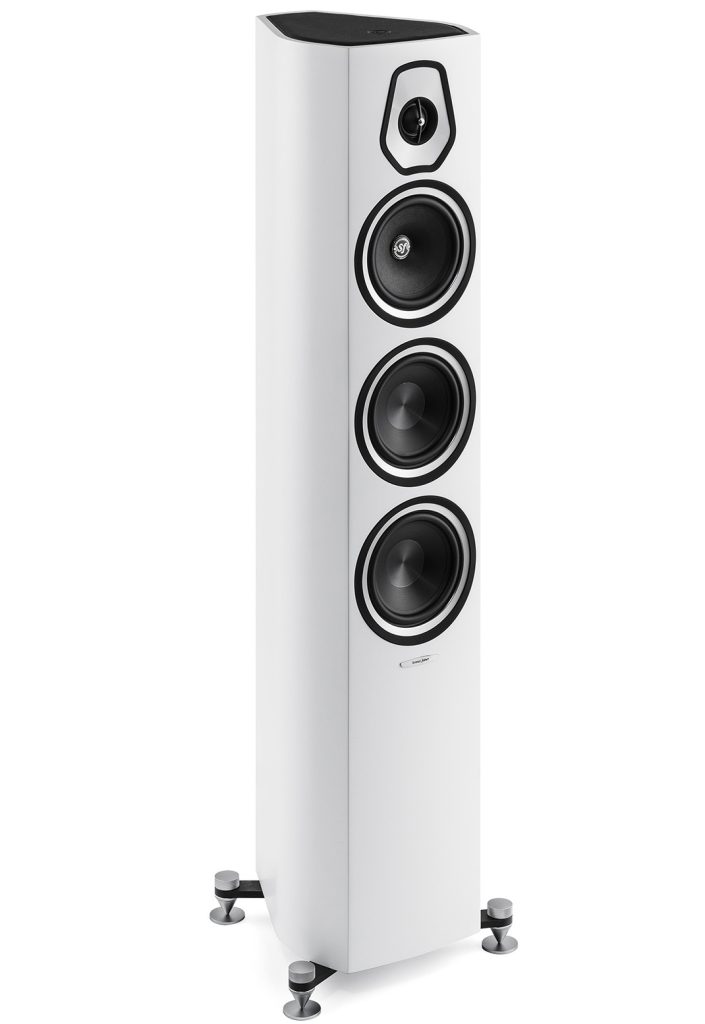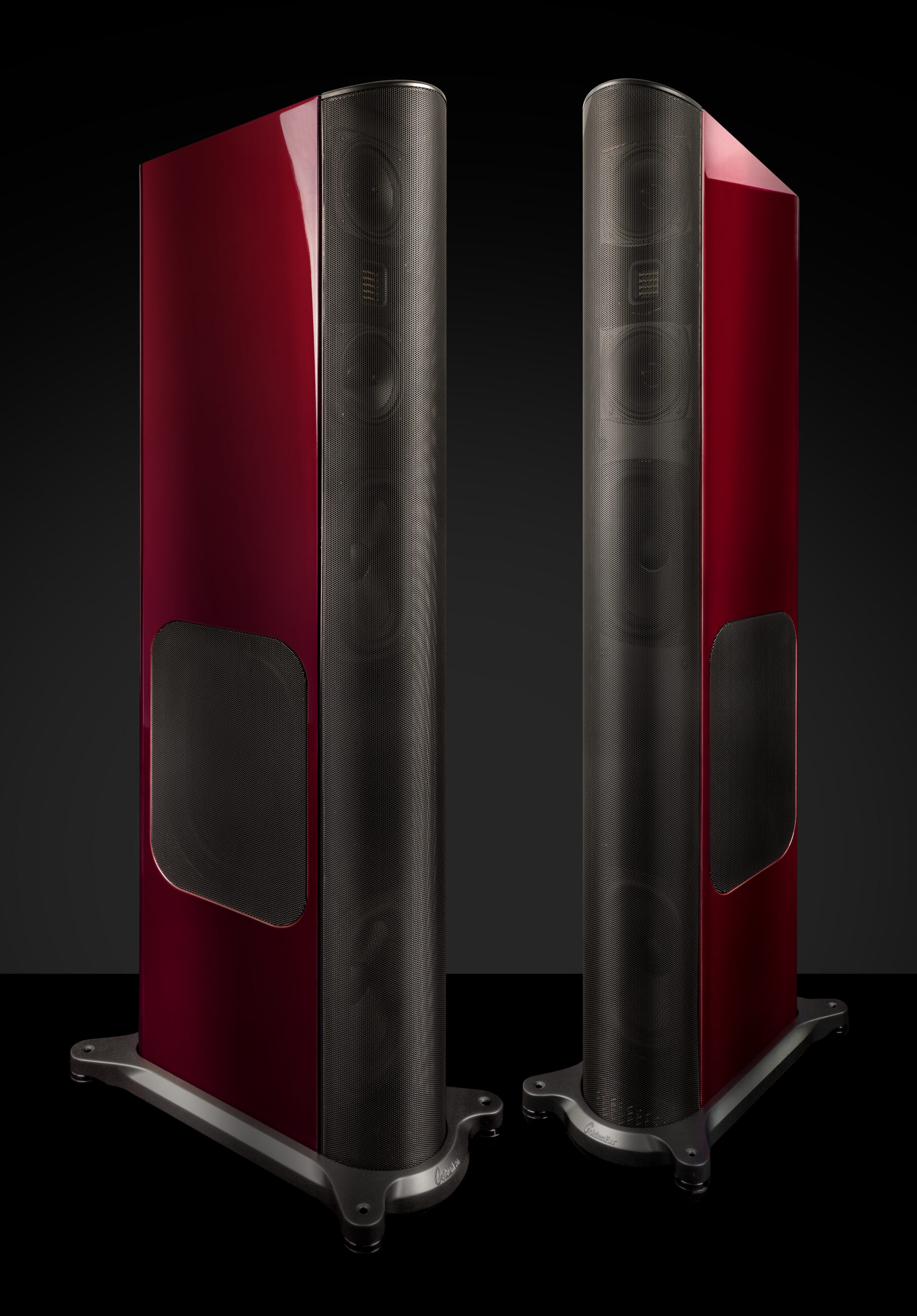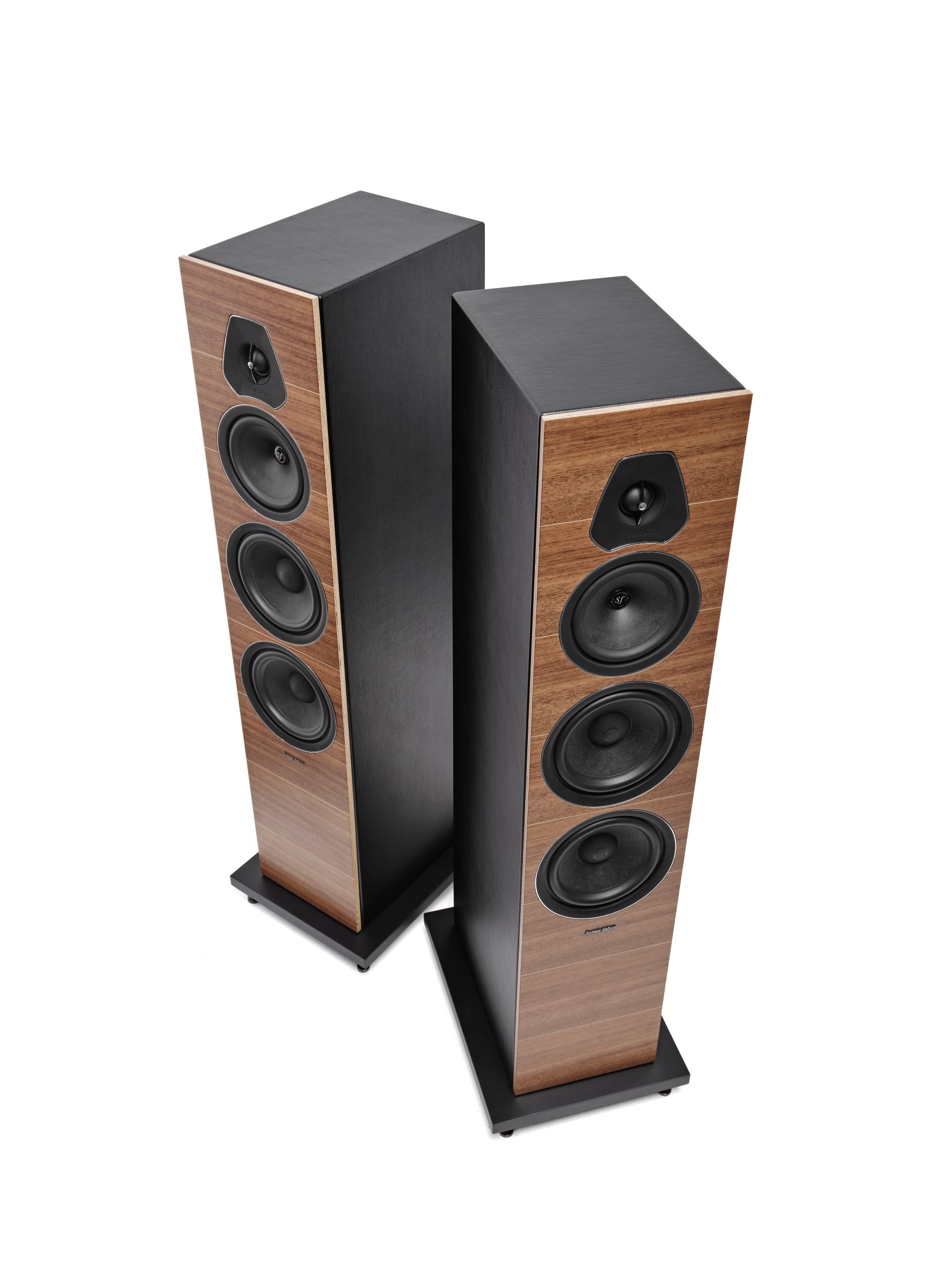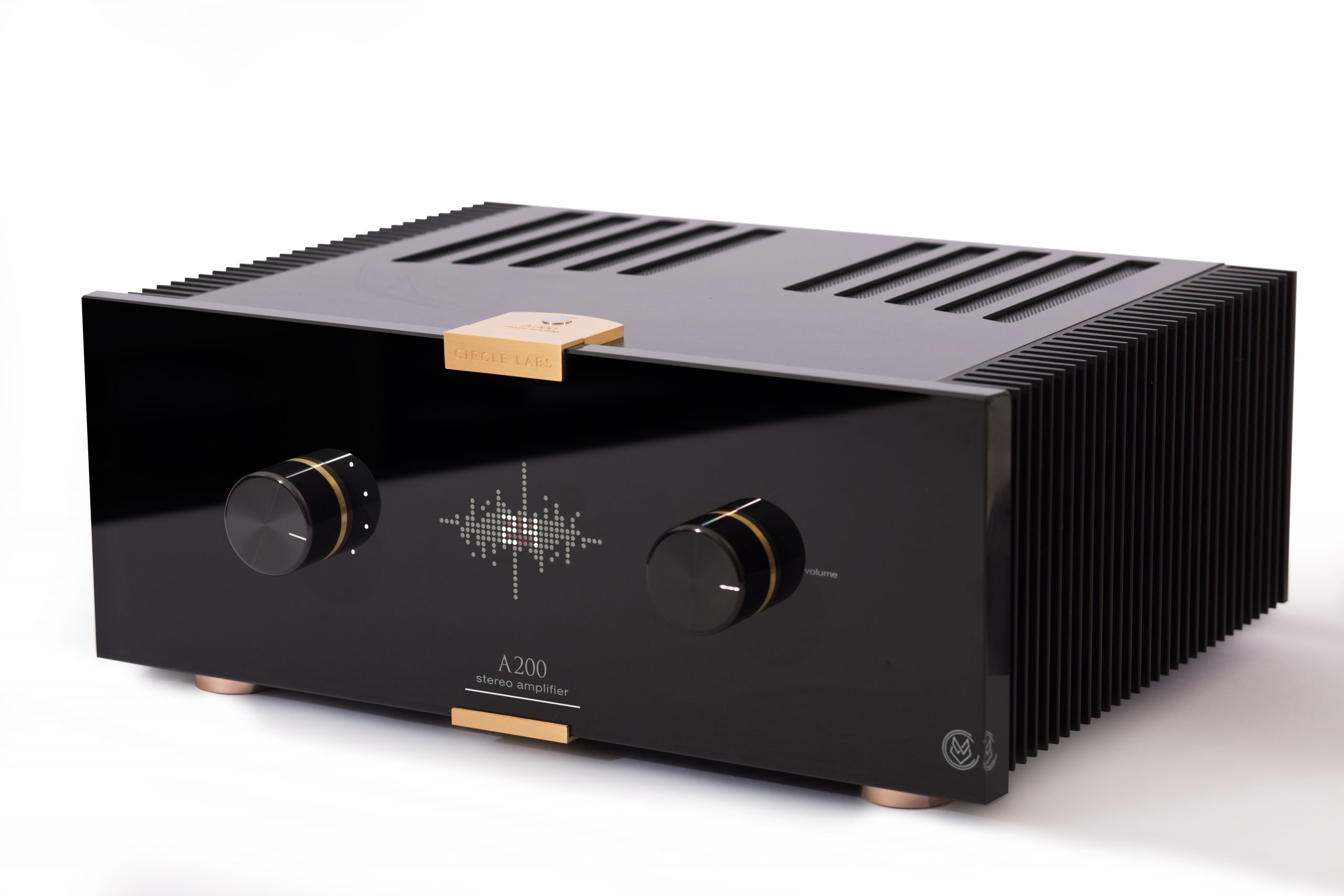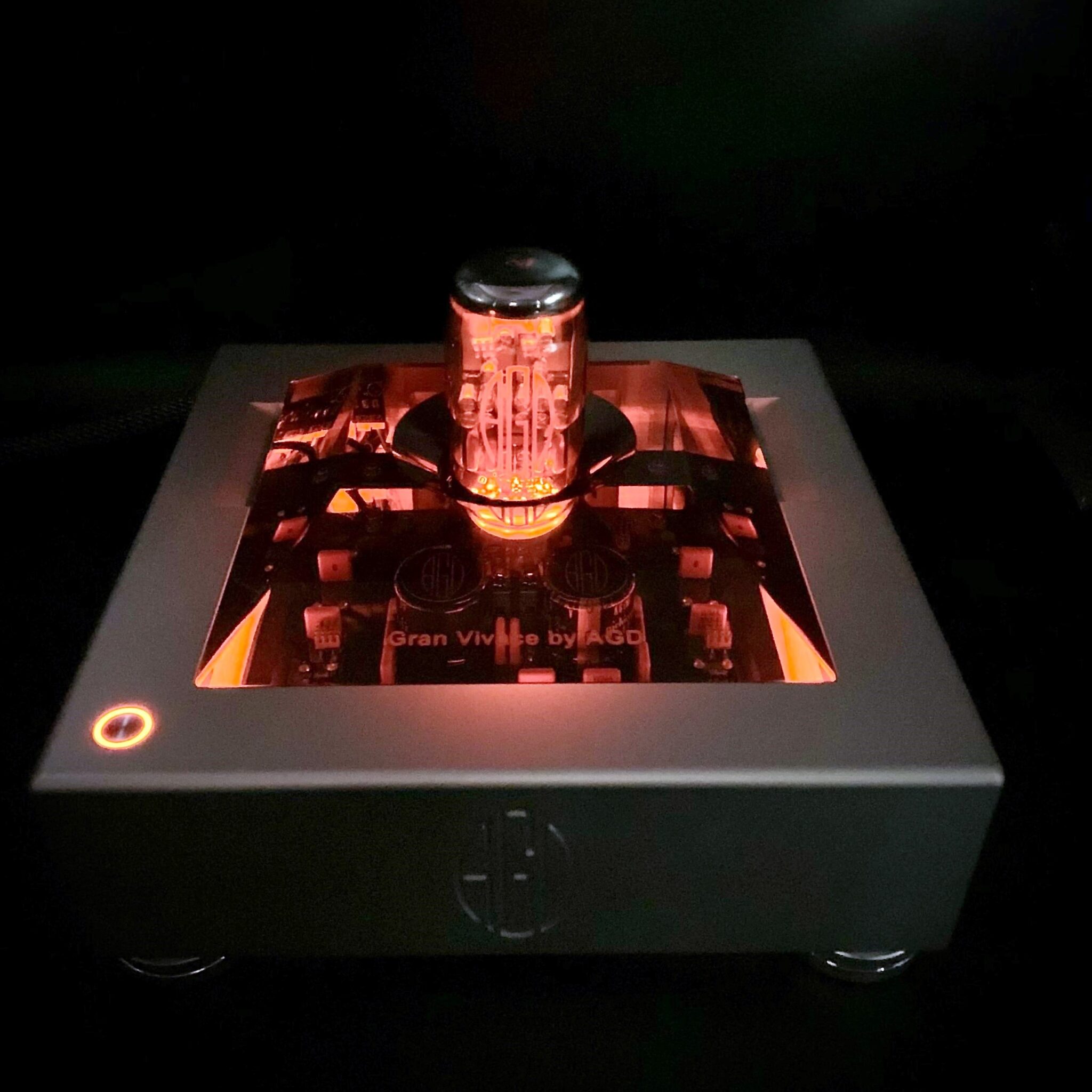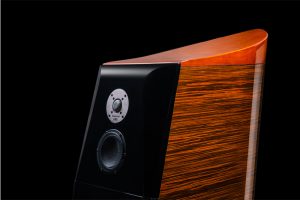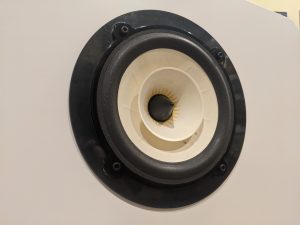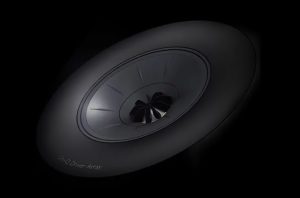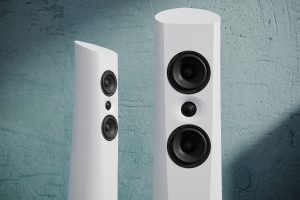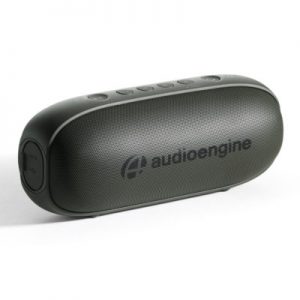It has been a little over one year since the write-up about the Sonus faber Lumina V (HERE). A keen-eared reader made a comment regarding the Lumina V: "It was amazing how little the Lumina V gave up to the Sonetto VIII." The Sonetto VIII is the big brother of the Sonetto III which will be discussed in this write-up. As one could imagine, it was quite intriguing when Sonus faber asked if there was interest in reviewing the Sonetto III, especially since they have nearly the same form factor of the Lumina V, that sits as the flagship of the series below the Sonetto, with an identical looking midrange and tweeter. The Lumina V was such a good sounding value, they found a home in my personal collection. Could the Sonetto III, with a similar form factor, Sonus faber signature cabinet, and aluminum woofers be significantly better enough to justify the price jump from the Lumina V at $2999.99 per pair to $3999.99 per pair? Let's find out!
"Real" Sonus faber
The Sonetto series (HERE) is where Sonus faber loudspeakers truly begin to take the real form of Sonus faber loudspeakers. They have the anti-resonant, crafted lute-shape, and a furniture-fine finish with an embellished leather top that possesses craftsmanship akin to the finest I have ever seen. Aluminum trims out the loudspeaker drivers, and they appear as statement pieces of fine furniture, not loudspeakers. This can be a problem in some loudspeakers. There are many loudspeakers on the market with pretty faces that brag to be supermodels, yet when it is time to vamp, they stumble on the catwalk.
The Sonus faber Lumina V did not suffer this flaw. They were beautiful both visually, and sonically. A very high bar was set for the Sonetto III that presents itself in-room as quite a small tower whose footprint is not much larger than a shoebox bookshelf loudspeaker utilizing planters from a craft store as stands. Sonus faber claims that the small stature of the Sonetto III should not be judged unfairly as it performs much larger than its size. If any assumptions are to be made, the Sonetto III will perform as a well-designed, dual 6.5" woofer, 3-way tower loudspeaker would. Physics, "amirite?"
There are few more hints that the Sonetto III are the gateway drug to the renowned Sonus faber top-line loudspeakers. Thick outrigger feet that are well machined and elegantly finished firmly plants them on the floor. It was thrilling to see the solid metal, floor-protecting discs provided were the largest I have come by, about one and one-half inches in diameter. Most are about the size of a dime. Unlike the Lumina V, the Sonetto III have robust binding posts that I was able to get a confident connection made with the spades on the end of my speaker wire. While these seem like silly things to point out, when one starts looking at loudspeakers that cost a month's salary or more for many music lovers who are looking for long-term enjoyment, it becomes the attention to detail that are the visual queues to how the long-term enjoyment of a loudspeaker will pan out. The Sonus faber Sonetto III are rich with signs of high performance from the outside, let's explore the inside.
Technology
Sonus faber has trickled down quite a bit of technology to the Sonetto collection of loudspeakers. The Damped Apex Dome™ tweeter that features their DKM diaphragm material (note: The Lumina V does not have the DKM diaphragm) is a direct descendant from their Reference collection. The dedicated, custom midrange driver is also built using the same methods as their Reference line, containing an air dried, pulp fiber cone in which the recipe for its performance has been refined through the 40+ years Sonus faber has been bringing natural sounding loudspeakers to music lovers. The midrange and tweeter combination combine into what is described as the "voice of Sonus faber."
The Sonetto III get aluminum woofers instead of the paper cone woofers of the Lumina V. The aluminum alloy Sonus faber uses increases rigidity for better detail in the lower to mid-bass, while remaining lightweight for fast transient response. Unlike the Lumina V, the Sonetto III has excellent quality binding posts that will accept any wire configuration from single to bi-wire/bi-amp. The real question becomes: Are these seemingly minor differences enough to be truly better than the Lumina V, and not just a shade of different?
Performance
Since one major goal of this evaluation is to justify the $1000 price difference between the Sonus faber Lumina V and the Sonetto III, they were evaluated using the same systems. The one difference is the Bricasti Design amplifiers have since been upgraded to their M30 mono block amplifiers. Since the Limina V are in house, I was able to do a direct comparison between the two.
The first system I chose for the audition:
- Bricasti Design M1 DAC
- Bricasti Design M20 preamplifier
- Bricasti Design M30 amplifiers
- Cardas Clear interconnects
- Clarus Duet power conditioner
- Custom loudspeaker cables – high purity copper, 8AWG multiple winding.
The second system I chose for auditioning:
- Bricasti Design M1 DAC
- Parasound P6 preamplifier
- Quicksilver Audio 60-watt mono KT88 tube amplifiers
- Cardas Clear interconnects
- Clarus Duet power conditioner
- Audioquest Type 4 speaker cable
A quick personal reflection brought about by the Sonetto III – A digression…
Lately, I have been taking myself a little less seriously. I have always believed that talk is cheap, and the audible performance of any piece of gear is what counts. Let's face it, there is a lot of techno-babble out there with few real standards. Reflecting further, does that performance justify its price tag, or is it just another brick in the wall? Sure, I can tell you what is special about any component, each does have unique strengths, however at the end of the day, are they ownable long-term? Can the reader break-away from the endless cycle of gear-rolling and be happy with their system for years, needing to double (or more) their investment to truly upgrade? These considerations are some of the things I like to weigh in an evaluation so I can provide a recommendation. There is no better feeling for me when I receive that e-mail from a happy reader that pulled the trigger based upon my recommendation. I made someone's life just a little better through the leveraging of my years of obsession with the wrong things in audio, which has ultimately led me to the understanding of what is right, or at least is enjoyable. No, I have not found religion. As a person of science, I am simply willing to change my view of things based upon the data available, and knowledge I gain. Even if that knowledge is on the qualitative side.
Mind you, you will never hear me review something I find to be a dog's breakfast because I firmly believe Ye Ole Editor's mantra that it is up to us to show where the gold is, and not where it isn't. I have made some manufacturers very unhappy, however the right things are done because there is a right thing to do. That said: The Sonetto III's performance further cemented to me that there is more than meets the eye in the design of a loudspeaker.
Loudspeaker companies, who have been refining their craft over the course of years with advanced engineering, have an upper-hand in terms of performance. Sonus faber is no exception to this rule, in fact, they are among the leaders in design advancement. The performance of the Sonetto III led me to a disagreement about loudspeaker design with a longtime friend, and mentor, that became so contentious they have chosen to break away from our mutual love for music, and our friendship.
I am saddened by this, however technology has come a very long way since the early days of loudspeaker design. While the overall physics have not changed, and analog electronic filtering has been around since tubes roamed the planet, our understanding of loudspeaker design down to the inner fractal patterns of it, along with the engineering relationships between human interface and measurable performance are becoming more understood than ever. There was a time, let's say between 1990 and 2010 for good measure, where an engineering mind could apply known design concepts and make a loudspeaker from off-the-shelf drivers and a well-built cabinet. These "DIY" loudspeakers would have performance that was on par with the best of the time for less than one-half the price. I simply do not believe it is that "easy" anymore.
With expensive tools like Finite Element Analysis (FEA), extremely advanced design software, and analyzers like the Kippel that help forward-thinking loudspeaker companies dig deep into the wholistic design of their product, what once were difficult aspects of sound to achieve and cost a lot of money to produce are becoming common refinement at price-points that had no chance of having such sophistication a couple of decades ago. The Sonetto III exemplify this for me, regardless of their few short-comings. Let's get back to the music.
Music…
For the sake of laziness, and having a track-to-track comparison for the Lumina V review, let's keep the first track the same. In 2014, Ben Howard's musical journey bubbled up from the musical minutia to produce an album that danced with my musical taste. I Forget Where we Were is a solid "C+" recording that highlights Ben's dark composition of British Folk/Rock.
If all one listens to is perfect recordings, one will miss a lot of great music. This album is a great example since the recording is satisfactory, but can become messy when the music gets complex thanks to an overabundance of compression. Typically, during these times of compressed presentation, the music is quite beautiful, with edgy guitar, Ben Howard's voice, and well recorded percussion playing in sophisticated synchronization with everything.
"Small Things" is a beautiful and soulful journey. I found the Lumina V to get the dynamics of this track as I would expect them for a dual 6.5" woofer, modest-size tower. What I did not expect was the Sonetto III that has the same size drivers to sound so much bigger. Perhaps not in presence, but the soundstage was significantly wider and deeper than that of the already huge soundstage of the Lumina V.
The differences did not end there, however. On the Lumina V, the percussive tom-tom drums, which seem to talk during the chorus, had wonderful attack-to-body transition, and never got lost to the background of the lead instrumentation and vocals. This character was similar in all aspects on the Sonetto III, except the space between the instruments was far greater, and the start/stop speed of everything was more defined. There may have been a hint of congestion at times in the upper bass with the Lumina V, however the Sonetto III had none of it and were extremely accurate. I would classify the Sonetto III to be dead-pan neutral in timbre. This works for them in many ways, however there is no hiding harshness when it is present in the recording with the Sonetto III. As "Small Things" grew to its dramatic ending, the Sonetto III grew with it, and maintained their composure at volumes louder than I would expect. This got me thinking this is what Sonus faber meant when they stated not to be fooled by their size. They did not sound as of they had 8" woofers for sure, however they did sound rock-solid and were surprisingly room filling for their slight size.
One thing that surprised me was that the Sonetto III were not as nice to my Quicksilver 60-watt mono amplifiers as the Lumina V were. There was nothing inherently "wrong" with the sound, however the soundstage and grandeur of the Sonetto III collapsed when the tubes were in the system. I have driven more difficult loudspeakers with the 60-watt monos before, so I am unsure what the mismatch was. The Lumina V did not have this difficulty. It could have been as simple as stated, a mismatch and I do not want to beat it to death, though it was worth noting for sake of completeness.
Stevie Ray Vaughn's Couldn't Stand the Weather needs no introduction to the readership of PF, so let us jump right into the melodic, hazy late-night track of "Tin Pan Alley." Toward the beginning of this track, there is a point where you can hear the distinct 60Hz buzz of a bad electrical ground in one of the cables hooked to Stevie's guitar rigs. I found these background subtleties to be what brought the music to life in my system to a much greater degree than the Lumina V. From the explosive simulated gunshots of the band, to the subtle inflections and breathiness in Stevie's vocals, the Sonetto III was a definite winner on this track. Further, the soundstage and the quietness of the background on the Sonetto III were a tremendous canvas for the music.
I have a large listening space at 540 square feet. Add eight-foot ceilings in and we are at 4320 cubic feet of space a loudspeaker must adequately fill. It is typically not a challenge for a quality loudspeaker to sound excellent until we are talking bottom-octave bass where moving air counts. I love the quality of the bass on both the Sonetto III and the Lumina V, however when playing "The Moon" from the venerable Patricia Barber's seventh album Verse, neither loudspeaker was able to produce the thunderous undertone in the upright bass. Now, no upright bass I know of has such an emphasis in live, unamplified music, so it is an artistic embellishment put in during the engineering of the track. No less, it is a great addition that enhances the feeling of this whimsical track.
The bass was certainly not lost, however, and was there full and complete with the rest of the music. From the hint of the undertone on the Sonetto III I believe in a modest sized listening space, a listener would be hard pressed to need a subwoofer. More importantly; Patricia's vocals were smooth as silk, and the Sonetto III was once again dominating the Lumina V in just about every way that brought the music far closer to having a performance in my room. I was further impressed by the top-end air with the Sonetto III, which felt more extended yet delicate than the Lumina V. The overall view of the music was homogenous, and sophisticated on the Sonetto III. Truly high-end. Where the Luminas were more laid back, forgiving, yet still complete and represented a great entry-level value.
Closing Thoughts
It is not common to be able to compare two excellent loudspeakers from the same manufacturer, on the same systems, in the same room, for a long enough period to truly understand the differences between them. I am extremely thankful for this experience. Both the Lumina V, which still hold a spot in the listening line-up, and the Sonetto III represent the entry of what "real" Sonus faber loudspeakers can do. Undoubtedly, the Sonetto III present the sound in a manner that is worth their price of $3999.99 per pair. They are $1000 better than the Lumina V, however be warned: The Sonetto III is an honest and sophisticated loudspeaker capable of tremendous staging and dynamics that belie its small size. This means they will reveal weaknesses in recordings and problematic electronics. The Sonetto III however, are certainly recommended, and a great representation of modern loudspeaker technology.
Sonetto III Loudspeakers
Retail: $3999.99
Sonus faber S.p.A.
Via A. Meucci, 10
36057 Arcugnano (VI) – Italy
+39 0444 288788
Sumiko Audio (US Distribution)
11763 95th Ave N · Maple Grove MN 55369
510.843.4500




